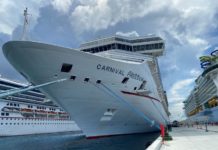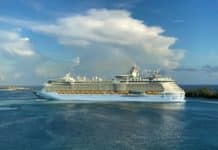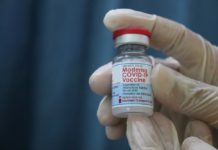The return of cruising from the United States marked perhaps the biggest milestone ever in the industry’s history. After more than 15 months since trips were halted back in March 2020, there was finally a light at the end of the tunnel.
Celebrity Edge departed Port Everglades on June 26, just a little over one month ago. And while it was just a single ship, its sailing meant that cruising from the United States was back — albeit with new challenges and some differences.
In the weeks since, the industry has continued to open up with more ships and more cruise lines returning to sailing. But along with that return have come some new challenges and hurdles for the industry to overcome.
So after one month of sailing, how is the U.S. cruise restart going?
Several — Not All — Lines Have Returned So Far
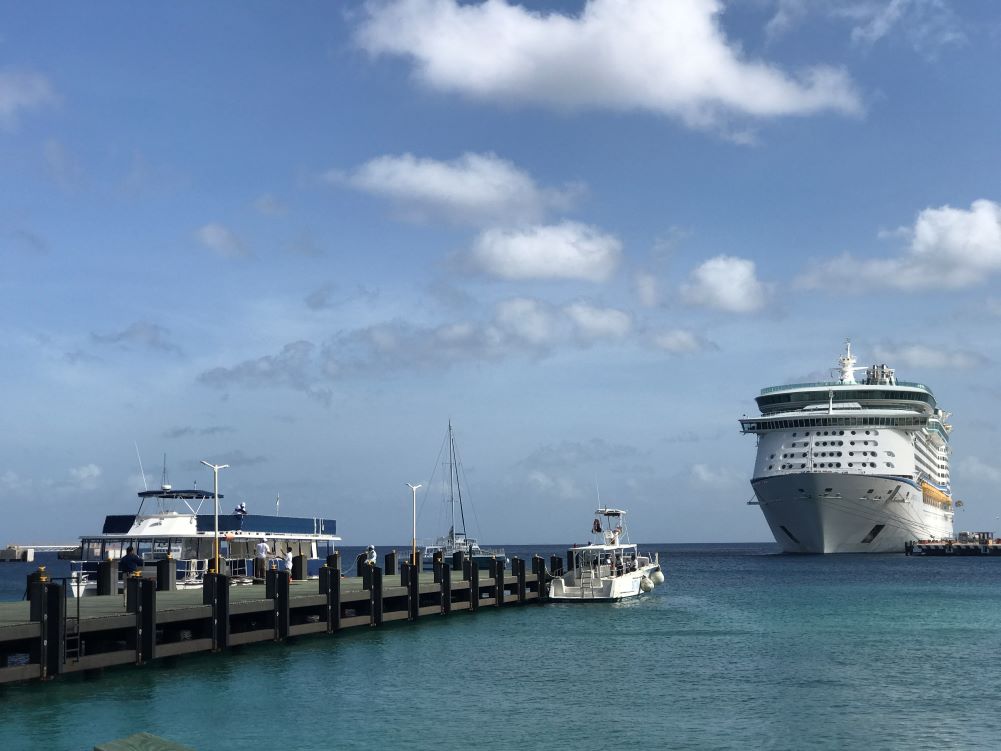
While ships are starting to return, the process so far has been slow and deliberate. Celebrity departed on the first cruise June 26, but the next ship to sail didn’t leave for another week. Royal Caribbean and Carnival both set sail for the first time since the pause in early July.
Later in the month they were joined by Princess and Holland America. Other lines like MSC, Norwegian, and Disney plan their own returns in August.
As cruise lines slowly come back, the total number of ships returning has also come at a measured pace. Between the challenges of readying ships to sail with passengers (a process that is said to take 60-90 days) and complying with CDC protocols, lines that are sailing have done so with only a handful of vessels.
The good news for cruise passengers is that a faster ramp-up is planned. By the start of August, for instance, Carnival plans to have five ships return. And by the end of October, it plans to have 15 ships back with passengers.
Meanwhile, a number of ports are seeing the return of cruises. This includes spots like Miami, Fort Lauderdale, and Galveston. It also includes Seattle, which is welcoming ships sailing to Alaska for the first time since 2019.
Bottom line, the return of cruising has shown to be anything but a “light switch” that’s flipped on quickly. It continues to be a slow ramp-up, but it is accelerating.
Differences in Cruising From Before the Pause
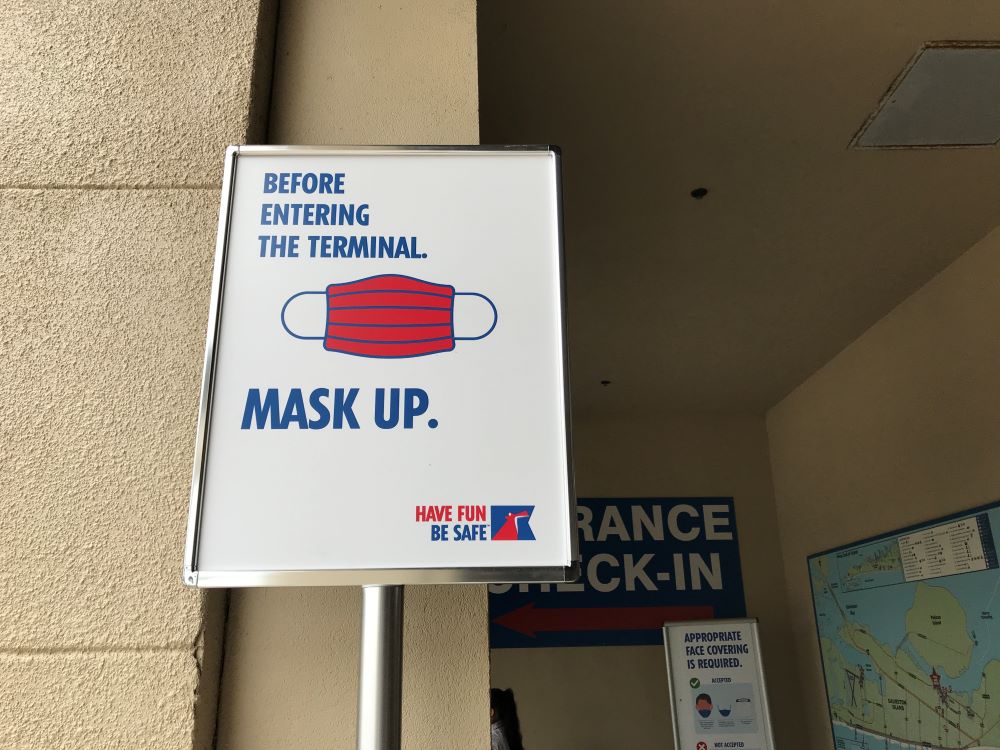
After a month of sailing, it’s obvious that the experience on the ship varies depending on which line you sail, where you sail from, and whether or not you are vaccinated.
CDC rules lay out the protocols that ships must follow to return and sail with passengers. Those rules vary based on whether or not 95%+ of passengers are vaccinated. If a ship meets this threshold, then the rules on the ship can be more relaxed — especially in terms of masks and distancing.
For instance, when we sailed a cruise with a 95%+ vaccination rate, masks and distancing weren’t required on the ship. In fact, the entire cruise felt as normal as sailing before the health crisis, assuming you had the shot. Apart from fewer passengers, crew members wearing masks, and some other small changes, very little was different onboard.
So why don’t ships just sail with everyone vaccinated?
For one, this means some people — such as kids under 12 — can’t sail as they are ineligible for the vaccine. As well, in Florida, state law says a business can’t require proof of vaccination. This is why some lines are encouraging vaccines, but not requiring them.
In that case, life on the ship is a bit different. Masks are required indoors except in areas designated for vaccinated passengers. Cruise lines also require testing for unvaccinated passengers (often at their own expense) and trips from Florida typically require travel insurance to be purchased.
Once on the ship, those without the shot are limited in the areas they can visit. As well, unless going to a private island, then exploring the port on your own is against the rules. Unvaccinated passengers are required to take special excursions.
How Are Cruise Lines Handling Cases?
On the ships that have returned, there have been virus cases, but they seem to be limited in scope at this point and point to protocols working.
For instance we have heard of no major disruptions to passenger cruises, although some test cruises have been delayed. Passengers have tested positive for the virus; most recently six cases were found aboard Adventure of the Seas this past week, including four vaccinated passengers. (Note: Adventure of the Seas technically sails from Nassau, not the United States).
That said, it’s not all smooth sailing. The CDC tracks daily reports from cruise ships operating or that plan to operate in U.S. waters. Each ship is provided a color based on these health reports. Green means no issues, all the way to red, indicating “sustained transmission” of the virus.
Currently, 19 of the 64 ships (~30%) have either yellow or orange status. Now, as little as one COVID case that changes a ship’s status, and specific case counts aren’t provided. Still, it does show that despite vaccinations and health protocols, it is still a challenge to battle the virus even in a highly controlled environment.
This is all occurring against a backdrop of rising case counts and hospitalizations in the U.S., which certainly don’t have the strict protocols seen on cruise ships. Rising cases on land no doubt increase the potential of someone bringing the virus on the ship.
As If the Virus Isn’t Enough, Legal Hurdles Too
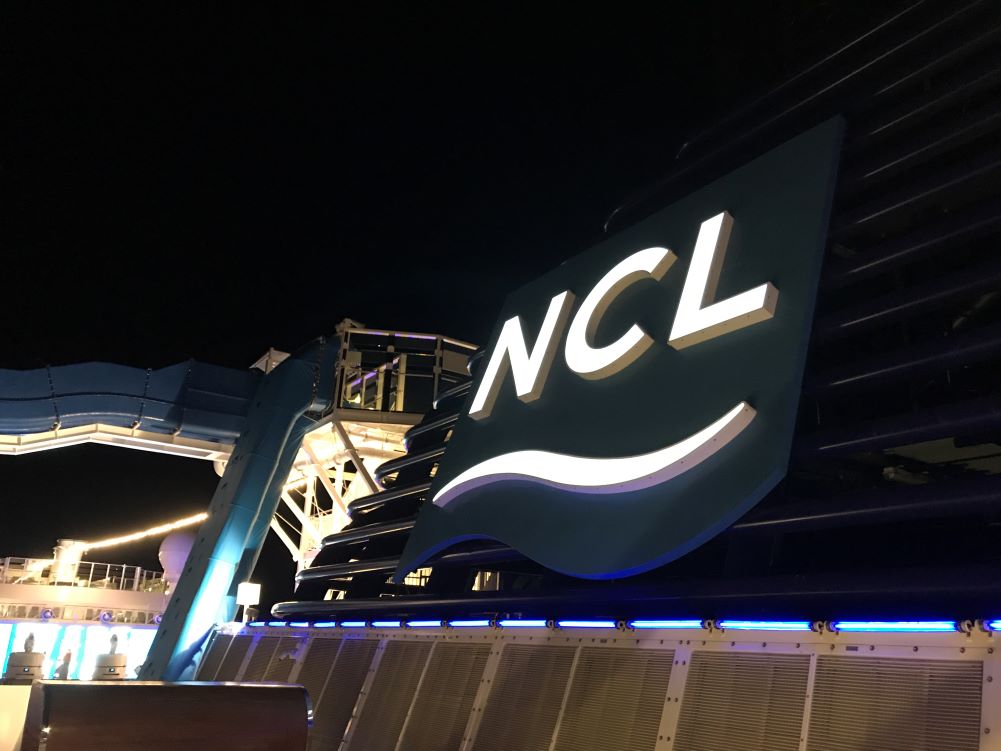
Cruise lines certainly have plenty to deal with when it comes to the virus alone. But in the past month since cruises returned, legal drama continues to play out.
First, the state of Florida scored a victory against the CDC’s Conditional Sailing Order (CSO) — the set of rules that cruise lines must follow to return. The state filed suit against the order and a judge granted an injunction that turned the rules into only recommendations in Florida.
However, an appeals court overturned that decision, only to reverse their own decision days later.
Despite the back and forth, cruise lines have shown no signs of abandoning the Conditional Sailing Order. The CDC is still heavily referenced on cruise webpages that outline health protocols.
In addition, Norwegian Cruise Line Holdings (NCLH) has filed suit against Florida’s Surgeon General to allow the company to require proof of vaccination in the state. While other companies have complied with the law by recommending vaccines and putting tougher — and more expensive — restrictions on the unvaccinated, Norwegian wants to sail with 100% of passengers having the shot.
“NCLH is duty-bound to protect the health and safety of its personnel and passengers, as
NCLH can and will by requiring proof of vaccinations, yet NCLH cannot afford to expose itself to prosecution by Florida and crushing penalties of up to $5,000 per passenger, as it would by requiring vaccine documentation in the present posture,” the company said in a court filing.
Presumably if the law were lifted, it would apply to all cruise lines sailing from Florida, allowing them to enforce vaccine mandates if desired.
Bottom Line of the Return After a Month
So after a month, how is the restart going? Our opinion is that it is making steady pace and positive headway — especially given the circumstances. But the return still has its challenges, not unlike the broader re-opening of the entire country.
Thus far protocols seem to be working to keep COVID cases in check, but with more ships slated to return and the sharp rise in cases on land, it is still too early to say that cruise lines have completely overcome the health crisis. Legal issues still making their way through the courts will also continue to have an impact on the industry no matter how they are decided.
When cruises first returned in June, cases on land were at their lowest point of the pandemic. Just a month later the number of cases is sharply higher. It’s no guarantee, but we wouldn’t be surprised if the spike in cases on land leads to more restrictions on ships to ensure cases are kept to a minimum and the positive headway made by the industry keeps going.


